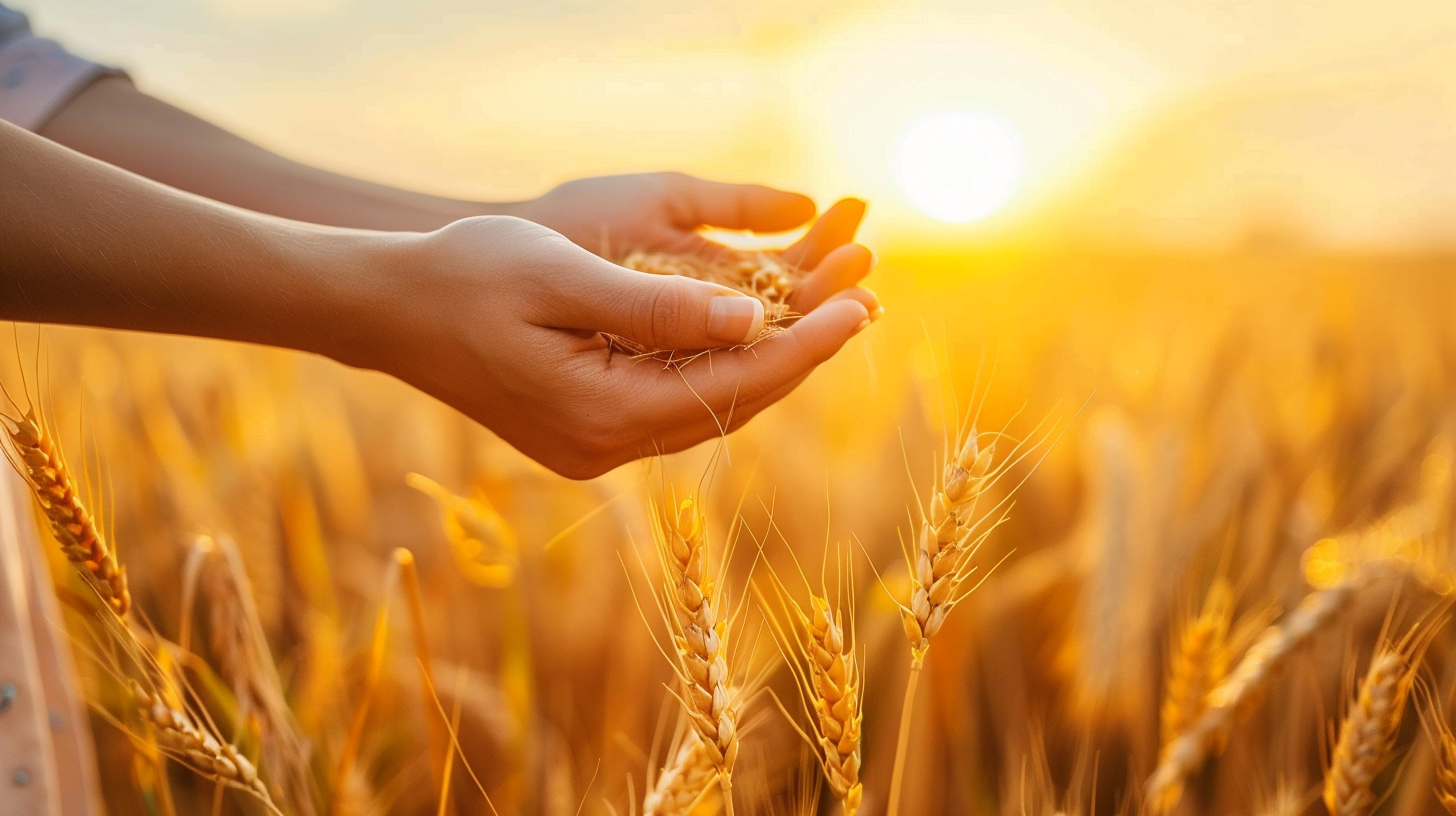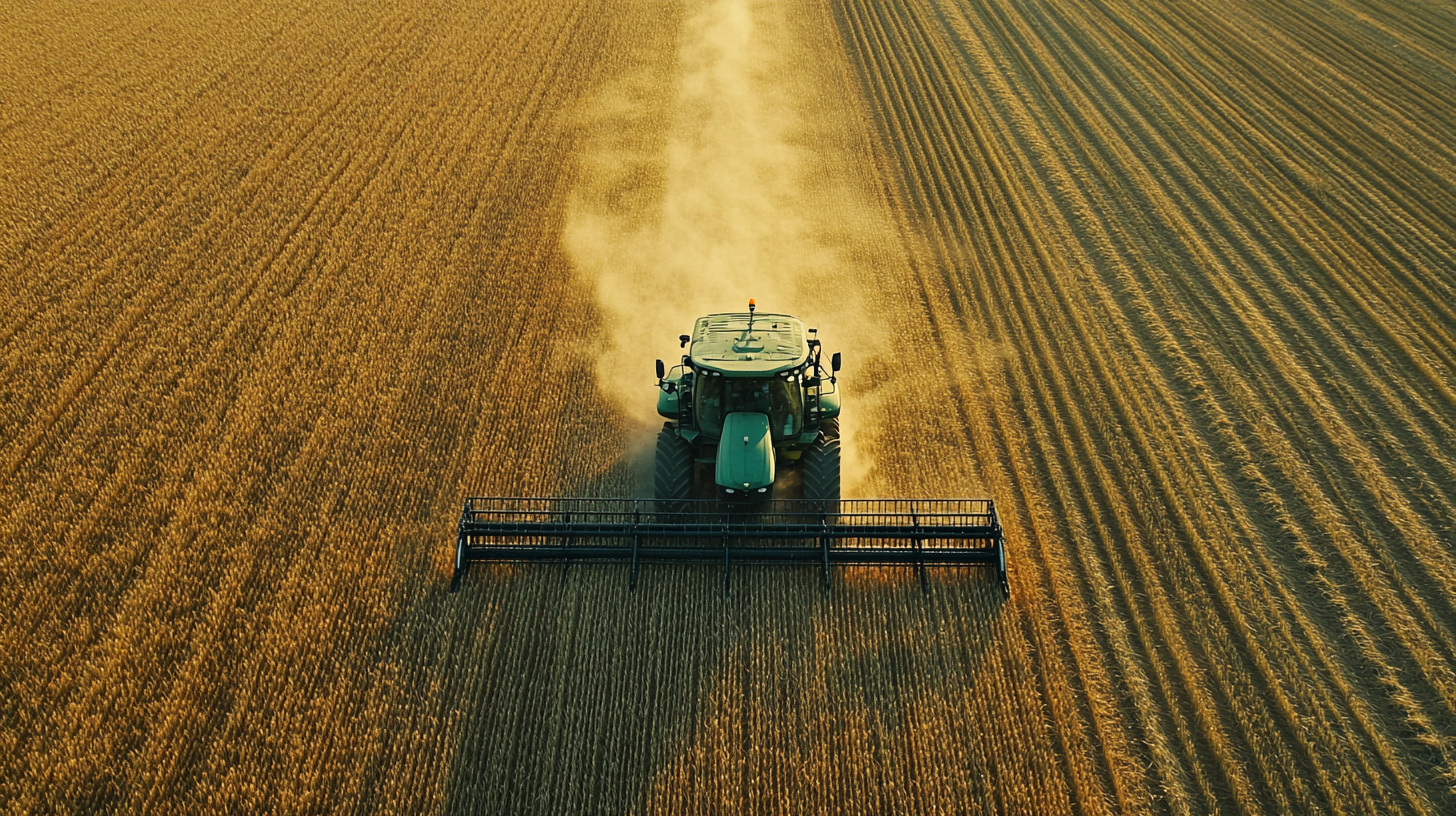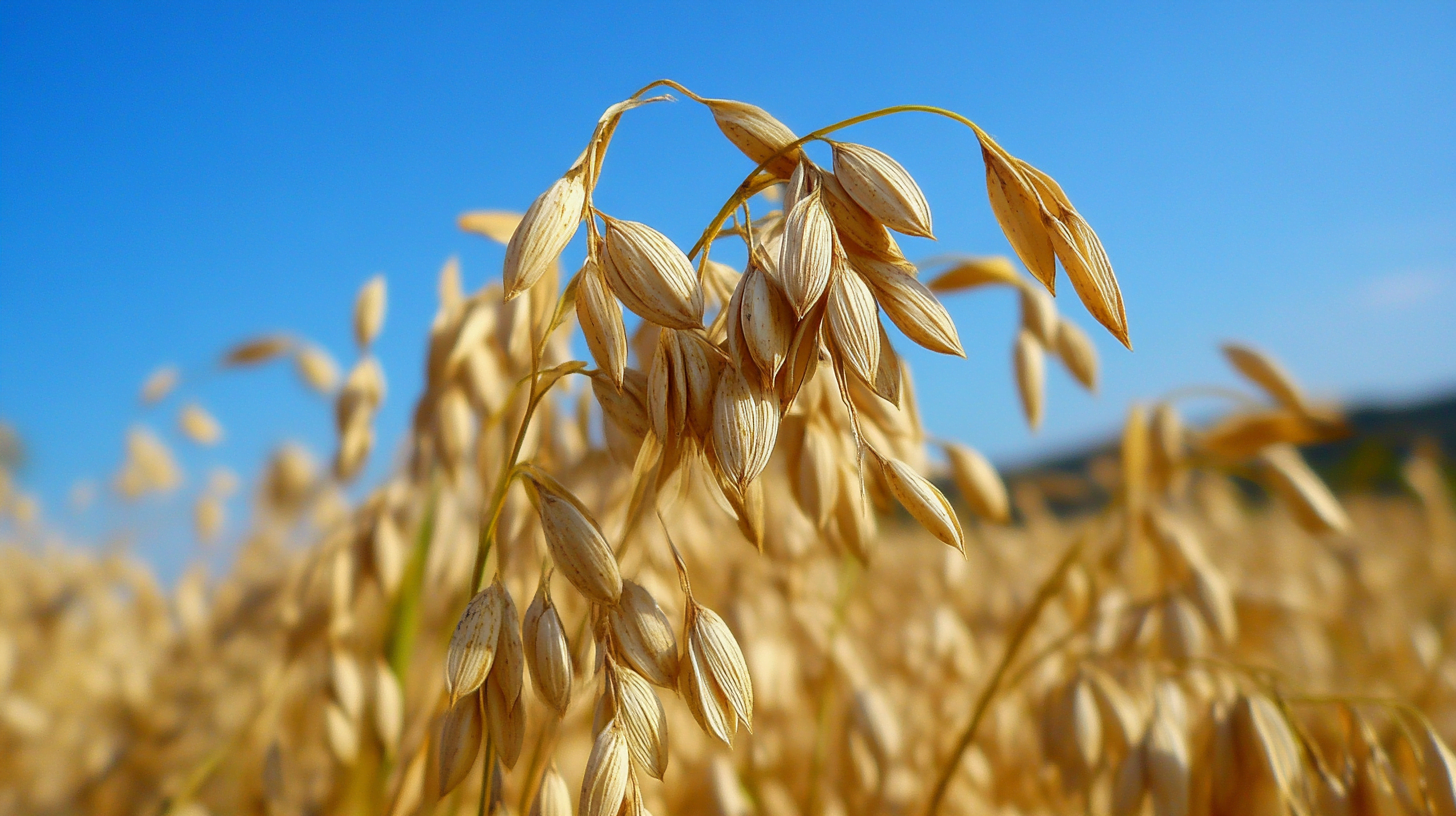Table of Contents
Wheat is one of the most crucial crops in the world, feeding billions and shaping economies. In this deep dive, we’ll explore how much wheat is produced worldwide and examine the factors that influence global production. From vast golden fields to your dinner table, let’s uncover the story behind this essential grain.
The Big Picture: Global Wheat Production by the Numbers
When we talk about worldwide wheat production, we’re dealing with staggering figures. In recent years, global wheat output has consistently exceeded 700 million metric tons annually. To put that in perspective, that’s enough wheat to make about 145 billion loaves of bread!
Here’s a quick snapshot of global wheat production over the past few years:
| Year | Global Wheat Production (million metric tons) |
|---|---|
| 2020 | 765.77 |
| 2021 | 778.66 |
| 2022 | 781.31 |
| 2023 | 784.54 (estimated) |
These figures show a steady increase in worldwide wheat production, reflecting improvements in farming techniques, better seed varieties, and expanding agricultural areas.
Where’s the Wheat? Top Producing Countries
Wheat isn’t grown evenly across the globe. Some countries are agricultural powerhouses when it comes to wheat production. Let’s look at the top players:
- China: The world’s largest wheat producer, consistently harvesting over 130 million metric tons annually.
- India: A close second, with production often exceeding 100 million metric tons.
- Russia: Often called the world’s breadbasket, Russia’s vast plains are ideal for wheat cultivation.
- United States: A major player in both production and export of wheat.
- France: The largest wheat producer in the European Union.
These countries account for more than half of the global wheat production. Their agricultural policies, weather conditions, and technological advancements significantly impact worldwide wheat availability and prices.
The Wheat Calendar: When and Where It’s Grown
Wheat production isn’t a one-size-fits-all process. Different types of wheat are grown at various times of the year, depending on the climate and region. Here’s a breakdown:
- Winter Wheat: Planted in fall and harvested in early summer. It’s the most common type in many temperate regions.
- Spring Wheat: Planted in spring and harvested in late summer. It’s popular in areas with harsh winters.
- Durum Wheat: A hard wheat variety often used for pasta, grown in hot, dry climates.
The global wheat harvest is a year-round affair. As the Northern Hemisphere is planting, the Southern Hemisphere is harvesting, ensuring a constant supply of fresh wheat to the global market.
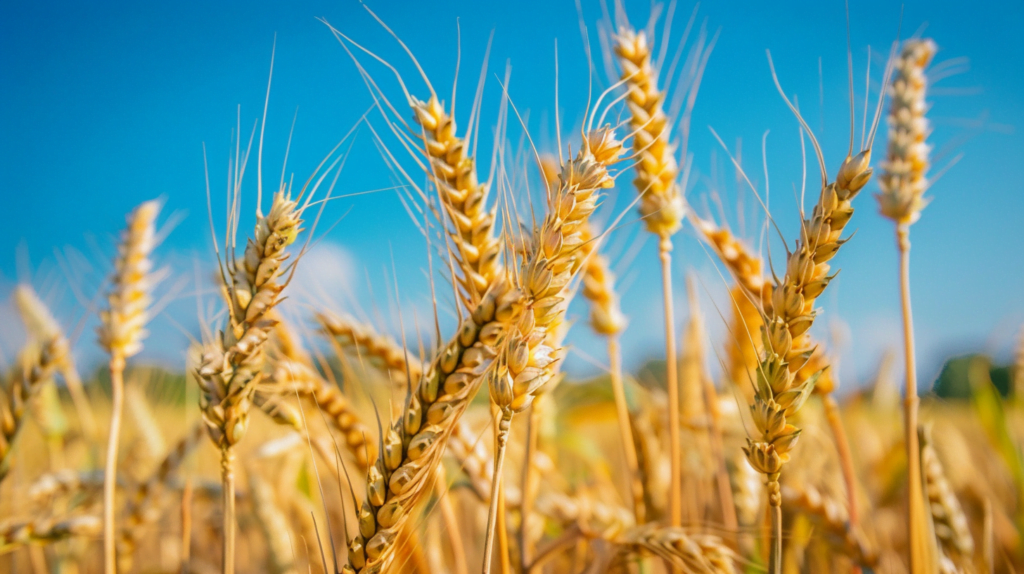
Challenges in Wheat Production
Despite the impressive worldwide wheat production figures, farmers face numerous challenges:
- Climate Change: Unpredictable weather patterns, droughts, and extreme temperatures threaten yields.
- Water Scarcity: Wheat is a thirsty crop, and water shortages are becoming more common.
- Pests and Diseases: Evolving threats like wheat rust can devastate entire crops.
- Soil Degradation: Intensive farming practices can deplete soil nutrients over time.
- Market Volatility: Fluctuating wheat prices can make it difficult for farmers to plan and invest.
Addressing these challenges is crucial for maintaining and increasing global wheat production to meet the needs of a growing world population.
Innovations Boosting Wheat Production
To overcome these challenges and increase worldwide wheat production, researchers and farmers are turning to innovative solutions:
- Genetic Improvements: Developing wheat varieties that are more resistant to drought, pests, and diseases.
- Precision Agriculture: Using GPS, drones, and sensors to optimize planting, fertilizing, and harvesting.
- Conservation Agriculture: Implementing no-till farming and crop rotation to preserve soil health.
- Vertical Farming: Experimenting with indoor wheat cultivation to maximize land use.
- AI and Machine Learning: Predicting crop yields and optimizing farm management practices.
These innovations are helping to push the boundaries of what’s possible in global wheat production, ensuring we can continue to meet the world’s growing demand for this essential grain.
The Future of Wheat: Production Trends and Predictions
As we look to the future, several trends are shaping the landscape of worldwide wheat production:
- Increasing Demand: Population growth and changing diets in developing countries are driving up wheat consumption.
- Shifting Production Areas: Climate change may make some current wheat-growing regions unsuitable while opening up new areas.
- Sustainable Practices: There’s a growing emphasis on environmentally friendly farming methods to ensure long-term production viability.
- Technological Integration: Smart farming techniques will become more widespread, boosting efficiency and yields.
- Genetic Diversity: Preserving and utilizing diverse wheat varieties will be crucial for resilience and adaptation.
Experts predict that global wheat production will need to increase by 50% by 2050 to meet projected demand. This will require continued innovation, investment in agricultural research, and sustainable farming practices.
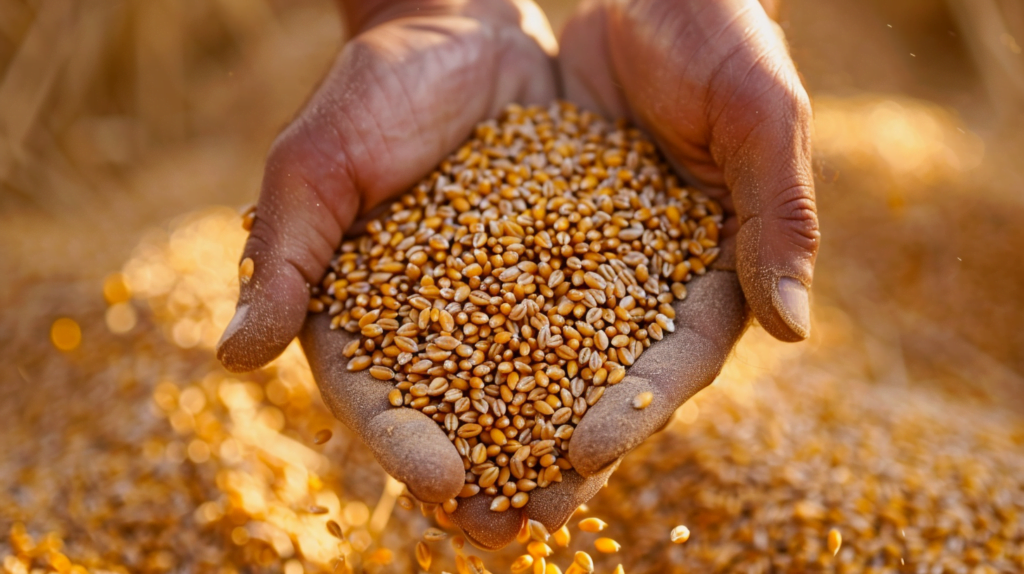
Conclusion: The Continuing Importance of Wheat Production
As we’ve seen, worldwide wheat production is a complex, ever-evolving story. From the vast fields of China and Russia to the high-tech farms of the United States and Europe, wheat continues to play a crucial role in global food security and economic stability.
Understanding how much wheat is produced worldwide isn’t just about numbers—it’s about appreciating the intricate dance between nature, technology, and human ingenuity that brings this staple food to tables around the world. As we face the challenges of climate change, population growth, and resource scarcity, the resilience and adaptability of wheat production will be more important than ever.
By continuing to innovate, invest in sustainable practices, and work together on a global scale, we can ensure that wheat remains a cornerstone of human nutrition for generations to come. The story of wheat is far from over—in fact, the most exciting chapters may be yet to come.
